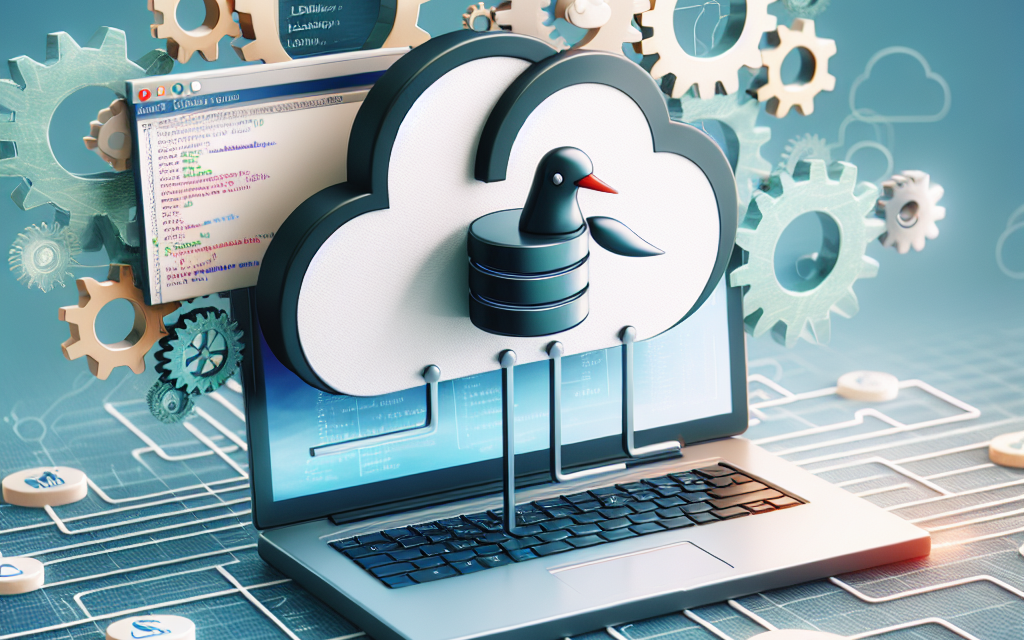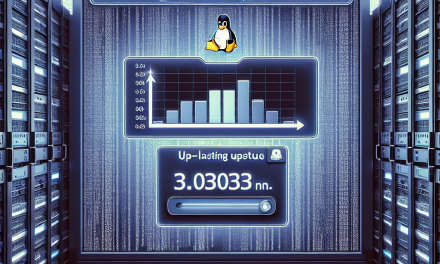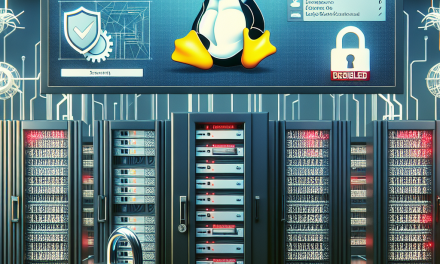In today’s digital landscape, user management is a crucial element for organizations of all sizes. As companies evolve, they often find themselves managing an increasing number of users across various systems, applications, and platforms. This complexity can lead to security vulnerabilities, inefficiencies, and difficulty in ensuring a seamless user experience. One powerful solution to simplify user management is integrating LDAP (Lightweight Directory Access Protocol) with Linux servers.
LDAP is a protocol used to access and manage directory information services over a network. It provides a centralized and standardized way to store user data, allowing administrators to manage user authentication and authorization efficiently. By integrating LDAP with Linux servers, organizations can streamline user management processes, enhance security, and improve productivity.
One of the primary benefits of LDAP integration is centralized user management. Traditionally, each Linux server might have its own set of user accounts, leading to duplication, inconsistency, and difficulty in maintaining user records. With LDAP, user information is stored in a central directory, allowing systems administrators to manage user accounts from a single location. This centralized approach not only reduces administration overhead but also minimizes the chances of errors in user configuration.
Authentication is another critical area where LDAP integration shines. By using LDAP, Linux servers can authenticate users against the centralized directory, meaning that employees only need one set of credentials to access multiple systems. This single sign-on (SSO) capability not only simplifies the login process for users but also improves security by reducing the likelihood of weak or easily forgotten passwords. Moreover, when an employee leaves the organization or changes roles, administrators only need to update their access in one place, streamlining offboarding and reassigning privileges.
In addition to user management and authentication, LDAP can enhance security through robust access controls. With LDAP, administrators can define group policies and user roles that dictate what resources users can access on Linux servers. This level of granularity ensures that users can only access the files, applications, and systems necessary for their roles, reducing the risk of unauthorized access and potential data breaches.
Another consideration in user management is the ease of scalability that LDAP provides. As organizations grow, so do their user management needs. LDAP is designed to handle a large number of entries and is inherently scalable, meaning it can accommodate growth without sacrificing performance. New users can be added or existing users can be modified with minimal disruption to service, making it an ideal solution for dynamic environments.
When integrating LDAP with Linux servers, there are several steps to consider to ensure a smooth implementation. First, it’s essential to set up the LDAP server, which could be done using popular OpenLDAP software. Next, administrators can configure LDAP client support on Linux servers, allowing them to communicate with the LDAP directory. This process involves editing configuration files, such as nsswitch.conf, to include LDAP for user authentication and account lookups.
Once the basic configuration is complete, administrators should ensure that proper security measures are in place, such as using SSL/TLS to encrypt LDAP connections. This step is crucial for protecting user credentials and sensitive directory information during transmission. Additionally, implementing appropriate access control lists (ACLs) within the LDAP directory can further bolster security by restricting who can read or modify user entries.
In conclusion, integrating LDAP with Linux servers offers organizations a robust solution for simplifying user management. By centralizing user information, improving authentication and access control, and enabling scalability, LDAP provides administrators with the tools they need to manage user accounts efficiently and securely. As companies continue to seek ways to enhance their IT infrastructure, LDAP integration stands out as an effective strategy for tackling the complexities of user management in a multi-user, multi-system environment. Embracing this approach not only simplifies administrative tasks but also fosters a secure and productive workplace for all users.





